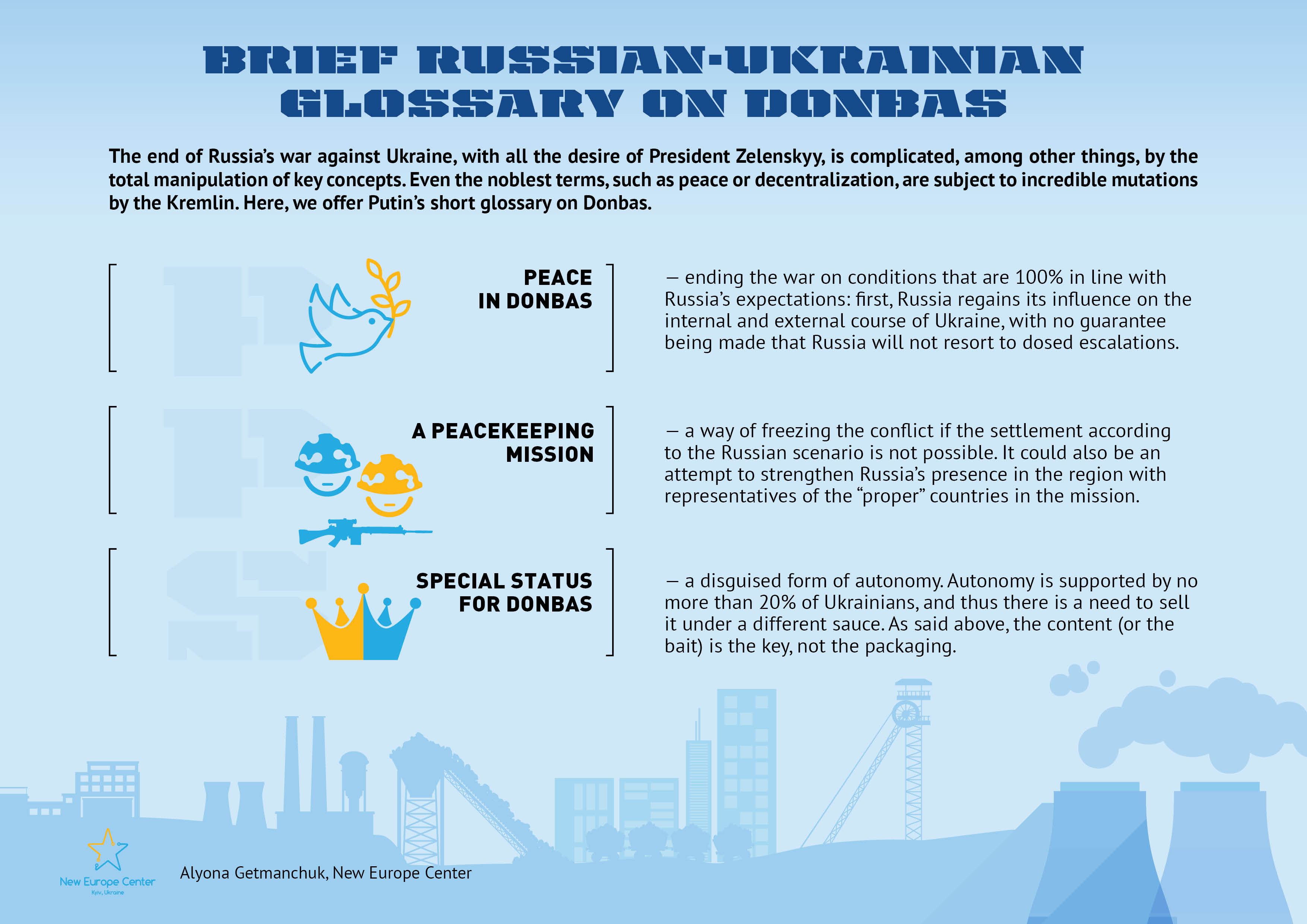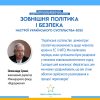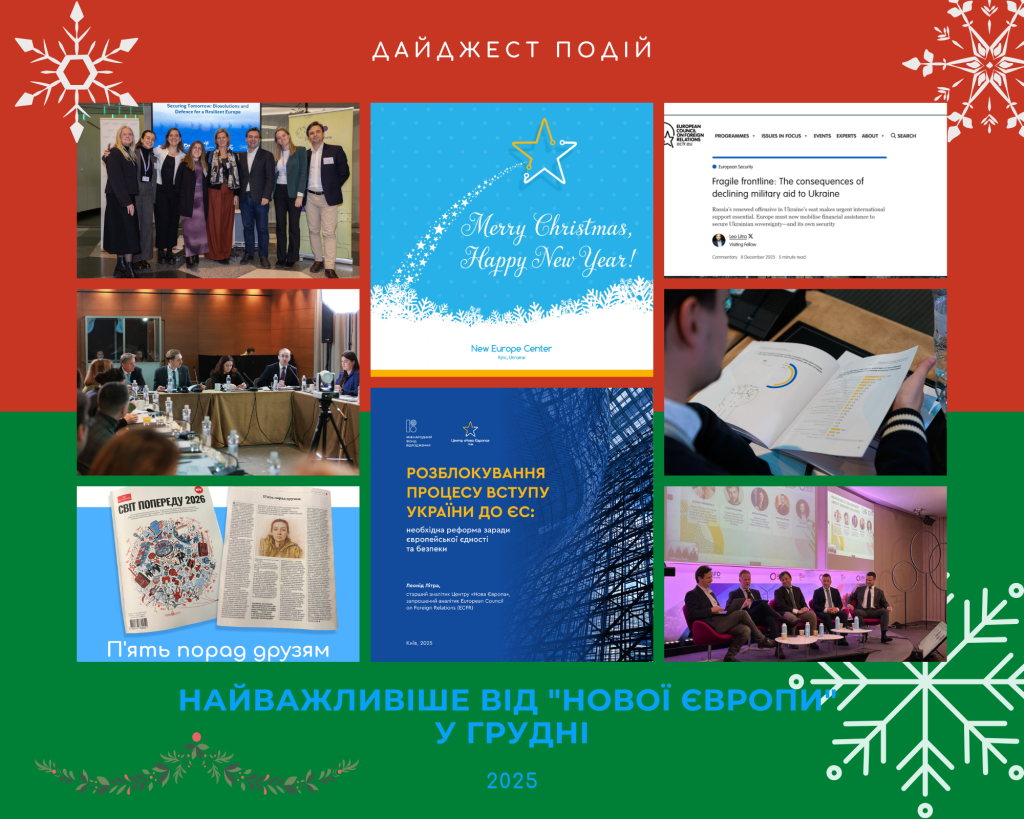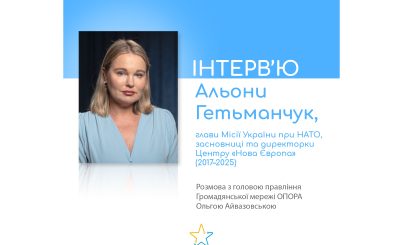In the article for “Ukrainska Pravda” “Russian-Ukrainian glossary on Donbas” Alyona Getmanchuk, Director of the New Europe Center, explains what the Russians imply, when using certain terms regarding conflict settlement in the East of Ukraine.
The issue of establishing an Advisory Council in Minsk is still being considered by the Ukrainian authorities. This was confirmed at yesterday’s briefing by the head of the Office, Andriy Yermak (though, for some reason, he explicitly called it the Coordination Council several times).
Therefore, it will not hurt to publish a brief Ukrainian-Russian glossary on Donbas, made on the basis of studying the positions, public and not really, of the Russian Federation. As for me, it is important to note once again what exactly are the Russians masking behind certain terms. After all, the end of Russia’s war against Ukraine, with all the desire of President Zelensky, is complicated, among other things, by the total manipulation of key concepts. Even the noblest terms, such as peace or decentralization, are subject to incredible mutations by the Kremlin. The problem is that these mutated versions are gaining popularity and finding new “preachers” around the world, including in Ukraine itself. And those, in turn, persistently spread them among the masses. Here, we offer Putin’s brief glossary for Donbas, so that after certain words or appeals voiced by Putin, Kozak, Peskov and other representatives of the Russian Federation, a certain internal fuse would automatically fire, be it political, business, electoral, or moral, depending on the figure of a particular Ukrainian official.
Elections in Donbas – a form of voting that will allow Russia, with the help of Ukraine, to keep everything (or almost everything) as it is today in the ORDLO, but this time, with the participation of Kyiv and with international recognition (OSCE evaluation). A point of no return for Ukraine.
Implementation of the Minsk Agreements – a process when Ukraine implicitly and unconditionally implements the political part of the Minsk Agreements (making the necessary amendments to the Constitution, which would in fact provide for the autonomy of the separate areas of Ukraine) and does not raise any questions before Russia regarding the absence of the ceasefire, the withdrawal of armaments, or the border. Although a permanent ceasefire is the number one item of any peace deal.
Decentralization – a disguised form of federalization. A turn of speech that allows pushing the federalization of Ukraine in a form that is acceptable to Ukrainian authorities and the vast majority of Ukrainian society, under the guise of decentralization. As they say, the content is the key, not the packaging, and the Russians have already learned that from their own mistakes in other conflicts.
Kyiv’s consultations with Donetsk and Luhansk – a form of coercion to force Ukraine to recognize the civil conflict in Ukraine, which allows Russia to turn from the side of the conflict that committed the act of aggression into a mediator of the settlement and transfer responsibility for the war to Ukraine. And where the mediator is, there are no sanctions, only business partnerships and alliances in global affairs.
The conflict in the Southeast of Ukraine – an attempt to consolidate in the minds of people the idea that the South and East of Ukraine is a single entity. “The one and only Novorossiya” that did not pass in 2014 but clearly cannot vanish from Putin’s agenda so simply. Thus, Russia also emphasizes the ethnic, civilian nature of the conflict, Russian-speaking regions against the Ukrainian-speaking ones, although in fact, the conflict is localized in the occupied territories near the border with Russia. Crimea was annexed through the involvement of the Russian army, which had a base on the Ukrainian peninsula.
The Advisory Council – the first step for the Ukrainian authorities to recognize the conflict as civil and the DPR/LPR as a side of the conflict and a full subject of negotiations (as evidenced by the corresponding “plenipotentiary” signatures of the representatives of the ORDLO). The logic of the Russian Federation is that if it is not possible to force the leaders of Ukraine to sit at the negotiation table together with the warlords of the “DPR/LPR,” appointed by Russia, immediately, why not play in the long run by testing the format at the level of the political subgroup in Minsk.
Peace in Donbas – ending the war on conditions that are 100% in line with Russia’s expectations: first, Russia regains its influence on the internal and external course of Ukraine (no EU and NATO, even if it is not achievable in the nearest future), and then the shooting stops and control of the border returns. This is in theory; in practice, there is no guarantee that Russia will give back control of the border and will not resort to dosed escalations as soon as something goes beyond the Russian plan in Kyiv. It is important to remind that only 14% of Ukrainians support peace in Donbas at any cost.
A peacekeeping mission – a way of freezing the conflict if the settlement according to the Russian scenario is not possible. It could also be an attempt to strengthen Russia’s presence in the region with the “proper” mandate and representatives of the “proper” countries in the mission.
Special status for Donbas – a disguised form of autonomy. Autonomy is supported by no more than 20% of Ukrainians, and thus there is a need to sell it under a different sauce. As said above, the content (or the bait) is the key, not the packaging.
The New Europe Center has also prepared respective infographics:











